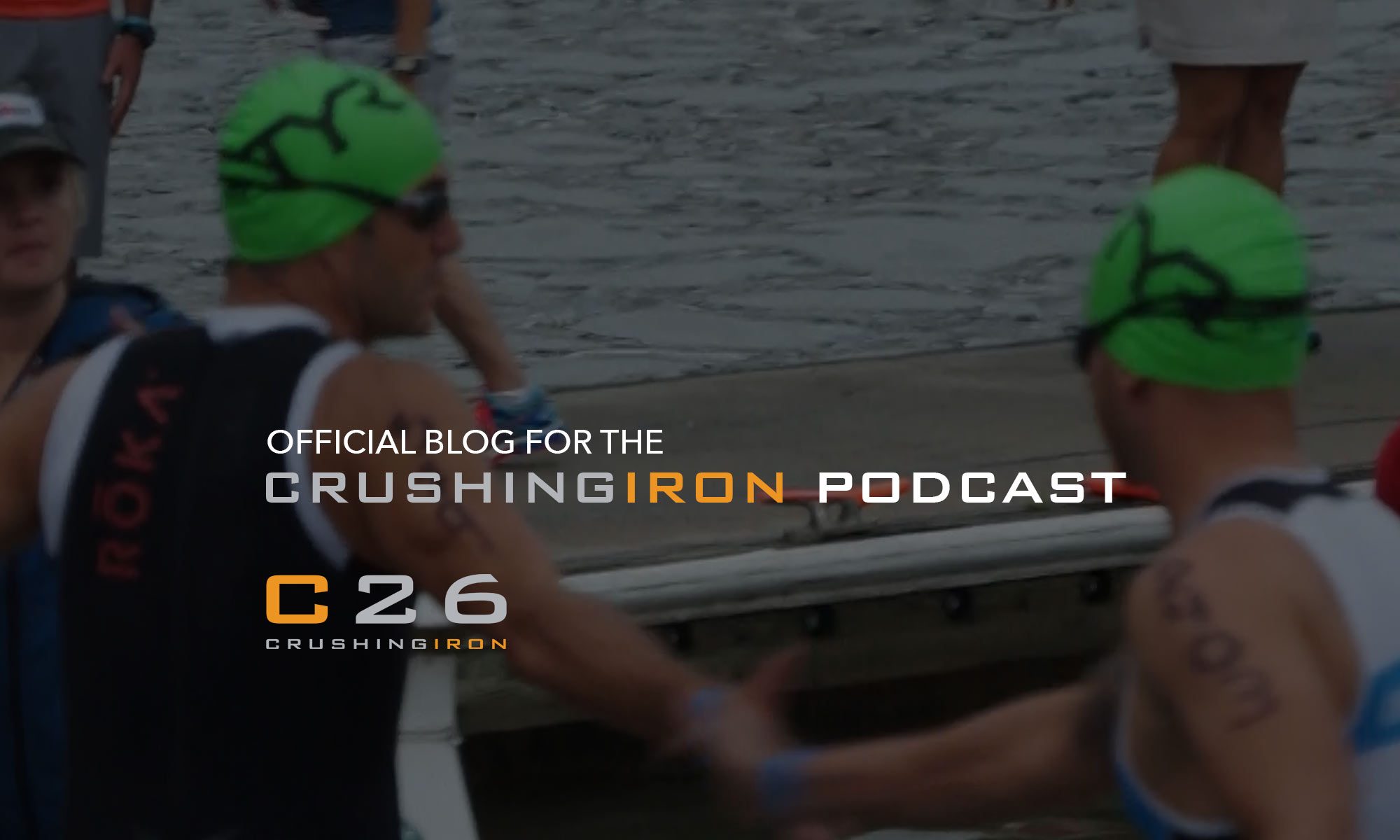When I started drumming, I wanted to be an instant rock star. I sat at my kit and played as fast as I could. But of course, I sucked.
I asked a lot of questions and every drummer I talked to told me to practice as slow as I could. And you know what, going slow was really hard.
But going slow in practice builds good technique. It also teaches you to stay under control.
I’m sure you’ve heard an athlete say, “The game is starting to slow down for me.” My interpretation of that is, “I’m learning to relax when I’m going fast.”
The road to relaxing at peak performance starts with drilling the fundamentals. Let’s use swimming as an example.
Most of us trudge to the pool with hopes of making a major break thru, but time after time we see our 100 splits stay about the same or start slipping as we get tired. We do this for years on end with seemingly no real gains in speed.
We can think it’s about strength or endurance, but with swimming, those assets don’t matter as much. You can be bursting with Crossfit strength or marathon endurance but sink like a log in the pool. The number one way to get faster is mastering technique.
Body position and less resistance play a part, but moving through the water faster is mainly about propulsion. Are you catching correctly and pulling with optimum resistance? The only way to get there is to consciously learn those sensations.
The key is to slow down and think about what you are doing below the water. Imagine reaching out with your arm and pulling yourself over an imaginary wall. Feel the pressure against your forearm, wrist and hand. Pull with your lats, not your shoulder, engage your core and do it all in a continually smooth rotation of both arms.
There have literally been books written about this one topic, so while it seems easy, it takes a lot of repetition to get it right, and for most, that means taking steps backward. In order to get faster you have to build the right muscles and adapt to your body’s potential.
For some this may mean shorter strokes with a higher turnover. For others, that means a long reach and a longer pull. Either way is fine, but you’ll never get faster unless you slow down to perfect a relaxed and efficient form under the water.
[follow_me]
